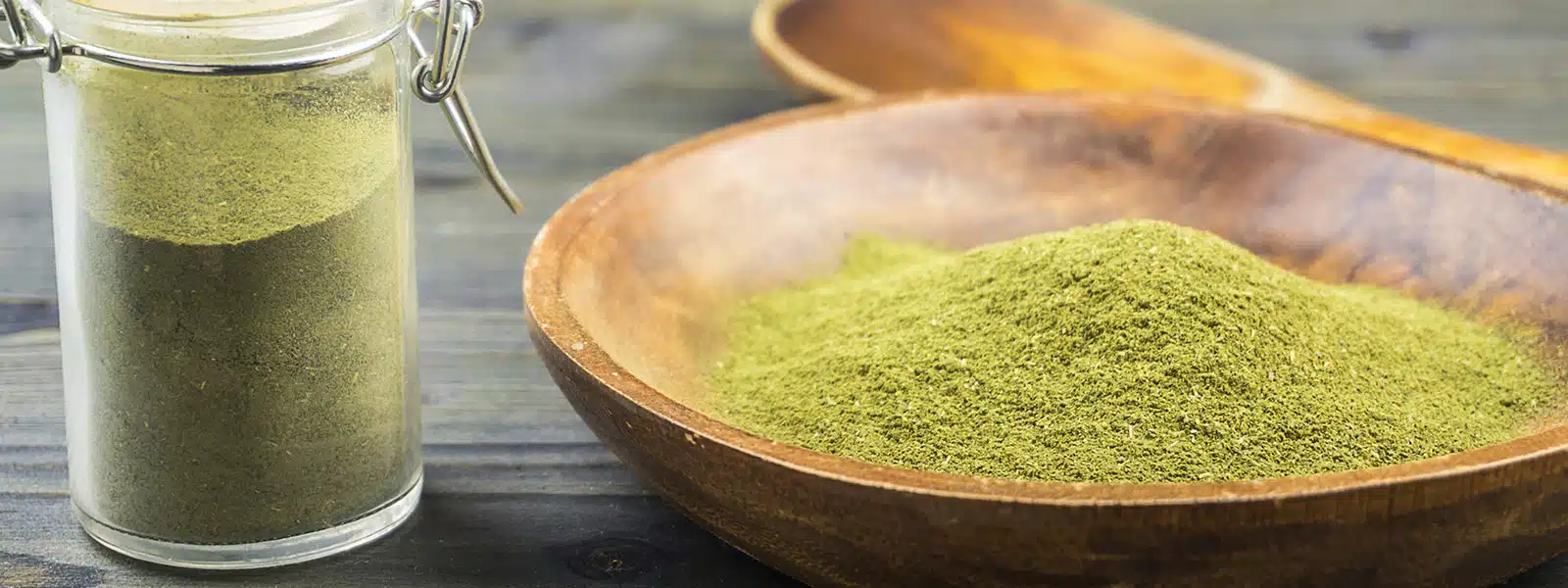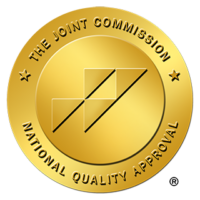Kratom Detox
Kratom is an extract from the Mitragyna speciosa, an evergreen tree native to Southeast Asia. This tree is traditionally used in folk medicine. The extract is believed to have numerous benefits, such as reducing anxiety, improving focus, and alleviating pain. In America, it is used for its euphoric effects.
However, it is essential to note that the benefits of kratom have not been substantiated by research. In fact, studies have found it to be unsafe and ineffective.
According to the Mayo Clinic, it is impossible to gauge how much active ingredient is in kratom as it differs from tree to tree. This makes safe use impossible and increases the risk of serious complications such as coma or death from overdosing. Individuals who use kratom have also experienced withdrawal symptoms when trying to quit. These symptoms range in severity, even prompting some to detox under medical supervision.
On this page, you’ll learn about the kratom detox process, what to expect in detox and the different types of detox.
What Is Kratom Detox?
Detoxification – detox – is the body’s way of naturally eliminating a substance through the digestive system, kidneys, liver, skin, and lungs. Depending on the type of substance, this process can take anywhere from a few hours to a few days to complete.
This process is generally a painless experience that most people go through without noticing. However, if someone is dependent on the substance – meaning their brain is accustomed to the presence of it – they could experience several unpleasant and even dangerous side effects.
When it comes to kratom, most users believe it to be safe since it comes from plants. However, researchers have found that people can develop an addiction to kratom due to its involvement with opioid receptors in the brain. They’ve also found kratom use to increase the risk of dangerous side effects such as breathing suppression, seizure, and death. This makes quitting imperative.
People who have a dependency on kratom will experience withdrawal symptoms and cravings during a natural detox. The symptoms will be unpleasant and cause some people to relapse – increasing their risk of dangerous health complications. For this reason, some kratom users opt for a medically supervised detox where they’re monitored and, if needed, medicated to ensure a safe withdrawal.
The amount of time kratom users remain in detox depends on:
- Kratom addiction treatment goals
- Severity of the dependency
- Struggles with other substances
- Co-morbid mental health conditions
What Happens During Detox?
A simple kratom detox process involves three steps: evaluation, detox, and post-detox treatment.
- Evaluation: The evaluation stage involves gathering information about the patient’s health, substance abuse history, family history, and mental health. They might also undergo a basic health screening to obtain baseline blood pressure, heart rate, and oxygen levels.
- Detox: The detox phase involves entirely abstaining from kratom and other addictive substances. Anyone experiencing withdrawal during this stage will receive medical assistance or medications to reduce withdrawal symptoms and kratom cravings.
- Post-Detox Treatment: After detox, the patient begins their treatment plan. This may include behavioral and experiential therapy, group therapy, or peer support groups.
Although step three isn’t mandatory, many people prefer it as they learn valuable skills and strategies to keep them from relapsing after kratom detox treatment. Post-detox treatment also reduces the risk of using other abusive substances.
The Kratom Detox Process
The following is a timeline of what to expect during the kratom detox process.
Types of Kratom Detox
There are two kratom detox treatment programs: inpatient and outpatient, though most people opt for outpatient.
Finding the Right Kratom Detox Facility
Kratom dependency is difficult to address without help. Some individuals struggle for months or even years to wean off of kratom. Unfortunately, this increases their risk of physical harm or an overdose brought on by kratom misuse.
Experimenting with harmful substances as a way to cope with life’s stress can quickly lead to addiction and the use of more problematic substances, ultimately resulting in a substance use disorder.This doesn’t have to be your path.If you or someone you know is struggling to cope with kratom dependency, help is only one call away.
Engage Wellness Acton can help you kick your kratom addiction for good. We offer an array of treatment programs aimed at healing the whole person. From experiential therapies to one-on-one counseling, we have helped countless individuals achieve recovery from addiction.Call us today to learn more about our kratom detox treatment programs. We are here to support you on your journey to recovery every step of the way.










